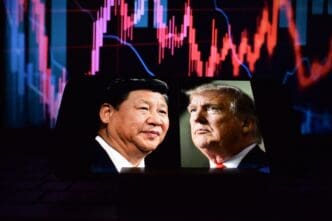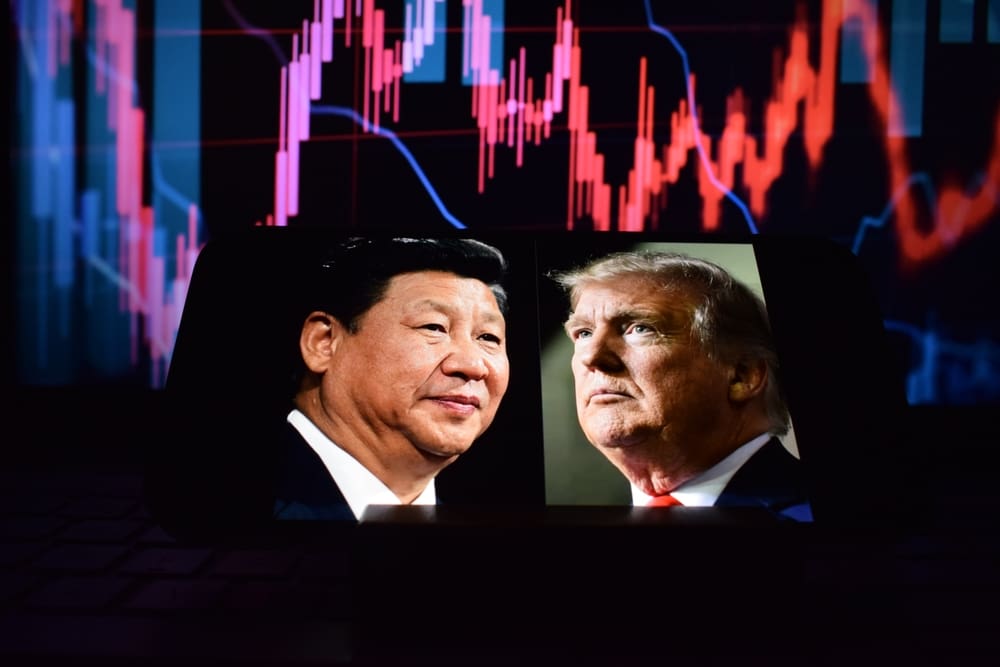The recent agreement between the United States and China to significantly reduce tariffs for a 90-day period has invigorated global markets and rekindled the concept of a “Trump put,” where market downturns spur presidential intervention to stabilize the economy. This development follows a meeting between Chinese President Xi Jinping and U.S. President Donald Trump at the G-20 Summit in Osaka on June 29, 2019.
In a surprising turn of events, both nations consented to cut reciprocal tariffs from 125% to 10%, a move far beyond expectations, especially in light of President Trump’s previous stance favoring an 80% tariff on Chinese goods. Despite this reduction, the U.S. will maintain its 20% levy on fentanyl-related imports from China, resulting in a cumulative 30% tariff on Chinese exports. Although this figure remains substantial, it is significantly lower than the prior tariff rates.
Investor sentiment soared with this announcement, leading to a robust rally in stock markets. Notable gains were observed in technology sectors, with companies such as Nvidia and Broadcom experiencing substantial increases. Consumer discretionary stocks, including Nike and Starbucks, also benefited from the renewed market optimism. The resurgence of the “Trump put” concept reflects investors’ belief that the administration will act to prevent severe market declines.
The bilateral trade agreement, which temporarily halts most tariffs, signals a positive shift towards economic cooperation. While the U.S. retains its strategic tariffs on specific Chinese imports, the overall reduction is perceived as a step towards decoupling economically for strategic purposes, according to Treasury officials.
Beijing has portrayed the trade deal as a triumph, with Chinese state media and officials characterizing it as a vindication of China’s steadfast negotiating strategy. This narrative suggests confidence in China’s ability to influence and shape favorable trade outcomes.
The announcement triggered a surge in stock indices; the S&P 500 climbed 3.26%, the Dow Jones Industrial Average rose 2.81%, and the Nasdaq Composite jumped 4.35%. European markets also reacted positively, with the Stoxx 600 index increasing by 1.21%. The agreement fueled optimism, diminishing recession fears, as evidenced by rising U.S. Treasury yields and oil prices.
Technology stocks, particularly those within the “Magnificent 7” group, amassed a remarkable $837.5 billion in market value, marking the largest collective gain since April 9. The consumer discretionary sector followed suit, bolstered by the trade deal’s implications.
The trade agreement’s impact extends beyond stock markets, with a predicted surge in exports from China to the U.S. during the tariff suspension. Retailers and logistics firms anticipate significant increases in freight shipments, with many companies preparing to capitalize on the temporary reprieve from high tariffs. However, this increased demand is likely to drive up container shipping rates, prompting potential price hikes for consumers.
As the trade landscape evolves, the markets remain alert to further developments, with analysts suggesting that unexpected changes in trade policies could continue to influence market dynamics.








